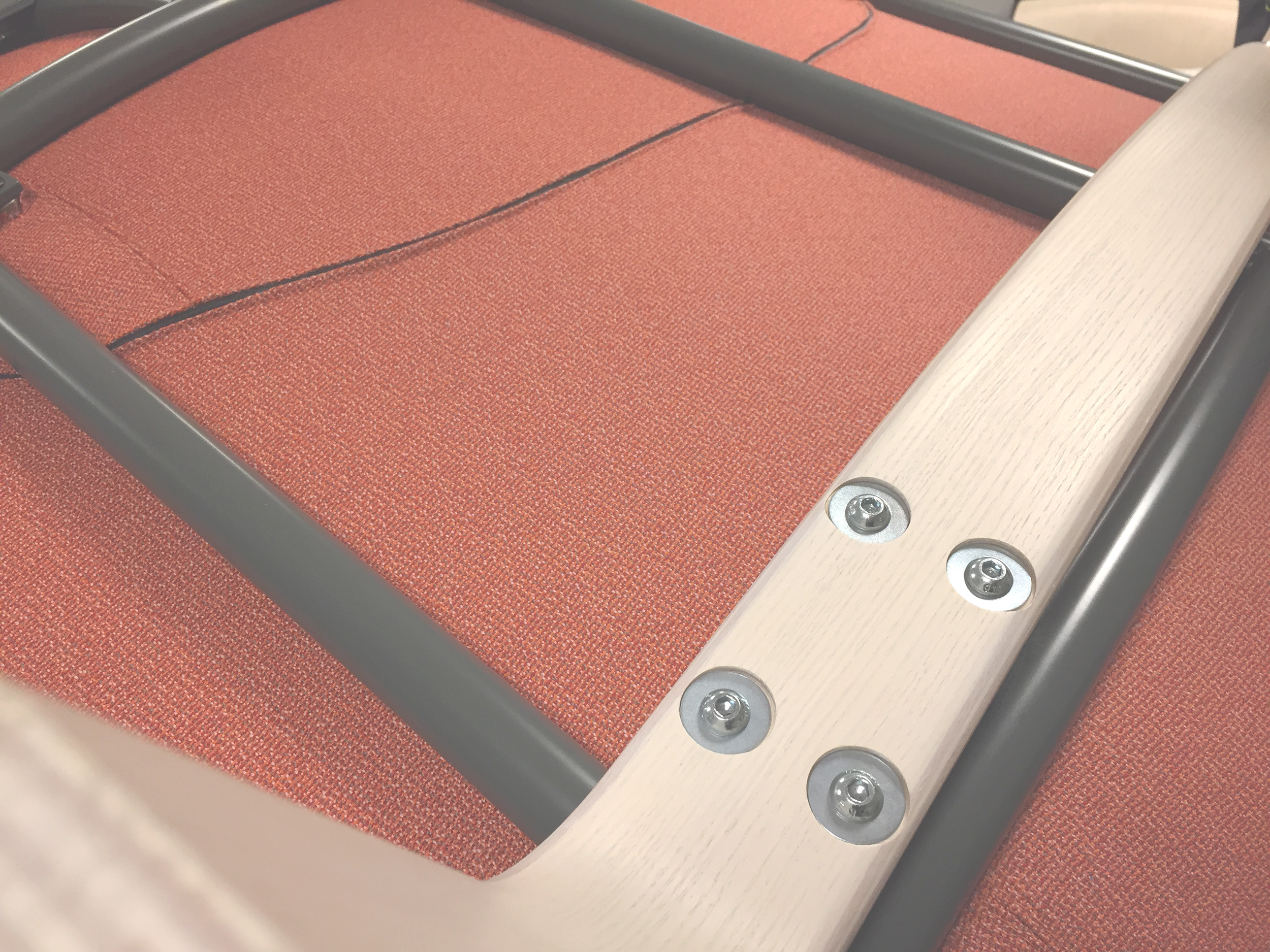~ prototype 01 ~
The background, vision and intention of this project is to interpret Ingmar Bergman from a psychological perspective, primarily through his relationship with his mother and how it affected his life and career. His childhood was characterized by fantasies, lies and deceit according to himself.
” one who has lived in lies, loves the truth ”
When Ingmar was four years old, he got a sister named Margareta. A sister who, according to Ingmar himself, took the mother’s attention from him and his brother. This created an envy especially at Ingmar, which has followed him through much of his life.
” i saw it as an honorary mission to kill my sister “
Ingmar has said that he was commissioned by his brother to kill his sister, but as a four-year-old he didn’t understand how he should do it despite instructions. The attempt failed and Margareta survived. Ingmar experienced that he remained abandoned by his mother.
OIDIPUS
an armchair for two with a Freudian complex
We found inspiration for the project mainly in the film Persona, which, according to our interpretations, refers much to the relationship between Ingmar and his mother. Among the most obvious is the reference to Sigmund Freud’s psychoanalysis and the Oedipus/Electra complex – a controversial but suitable theory to describe Ingmar’s life. The Oedipus complex is the subconscious desire of the son to find a partner with the same character as his mother.
” i showed love to my mother but she ignored me “
The lack of his mother’s love and attention has shaped Ingmar’s life both professionally and privately, not least through his relationships and marriages.
Oidipus is created to embrace and give a warm feeling as the love of a mother. We want our furniture to symbolize the energy that can occur when two people sit close to each other in an embracing atmosphere. With round shapes and deep colours, we hope this armchair for two can give a glimpse of what Ingmar wanted to reach. At the same time there is another feeling when you sit in it alone – the chair becomes a little too big, something is missing.
Materials:
Textile: Ludvig Svensson, Tableau 3235. 98% wool, 2% polyamid. Design by Eva Larsson.
Steel: CNC bent steel, 30mm. MIG-welded and powder coated.
Foam: Richfoam polyether. 44kg, 195N for the seat and 35kg, 110N for the back. One layers of 200gr wadding.
Wood: 20 layers of 1.5mm veneer wood. Every other ash for the look and beech for the strength. Semi matte hard wax oil, white pigmented.
Plastic: 3D printed distances between legs and steel.
~ prototype 02 ~
メラキ
” to do something with soul, creativity or love – to put something of yourself into your work “
MERAKI
a combination cabinet made in walnut, with brass details and bronze mirror
Made to store all the things you lay off around your nest on a daily basis – with the intention to declutter your surroundings and at the same time let you get an overview of the small and important things in life. Like the annoying little things you chase in the morning and can’t find when the minutes are rushing. It can be your phone, your watch or your keys. We have all been there! You can also hide away stuff you use several times a week that doesn’t need to be around like jewellery, sunglasses or some pencils – its up to your imagination.
” this furniture is for those who want to declutter their living “
Hanging on the wall, it’s got half an inch of air between the wall and the cabinet, making it feel light and easy. It’s installed with the walnut strip on the backside first screwed into the wall, then the cabinet hanged on the strip and fixed with the brass knobs for an invisible mount. Simply minimalistic.
The name Meraki is based on the intention to solve a personal everyday challenge with a furniture design, and at the same time do it with great handcraft and soul. We had the challenge to gather our things before leaving our homes, and it became the main function in the design process leading to this elegant cabinet.
Materials:
Walnut
Brass
Leather
Bronze mirror
Thanks to:
Nässjö Glasmästeri AB
Öhrskogsstiftelsen
Träcentrum
Jönköping School of Engineering
Design by:
Sebastian Galo
Mea Charlie
Niklas Deblén
Matilda Jonsson








